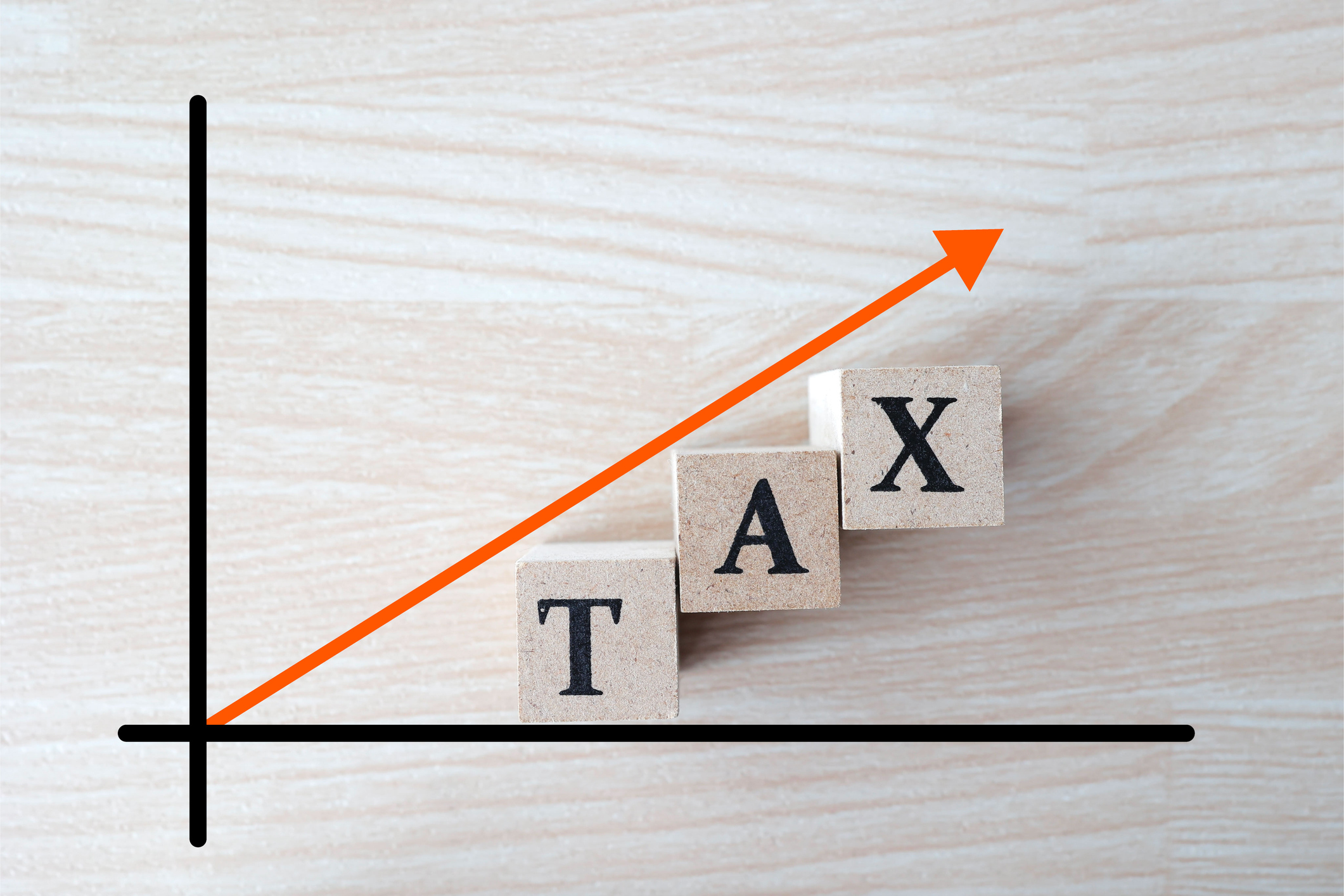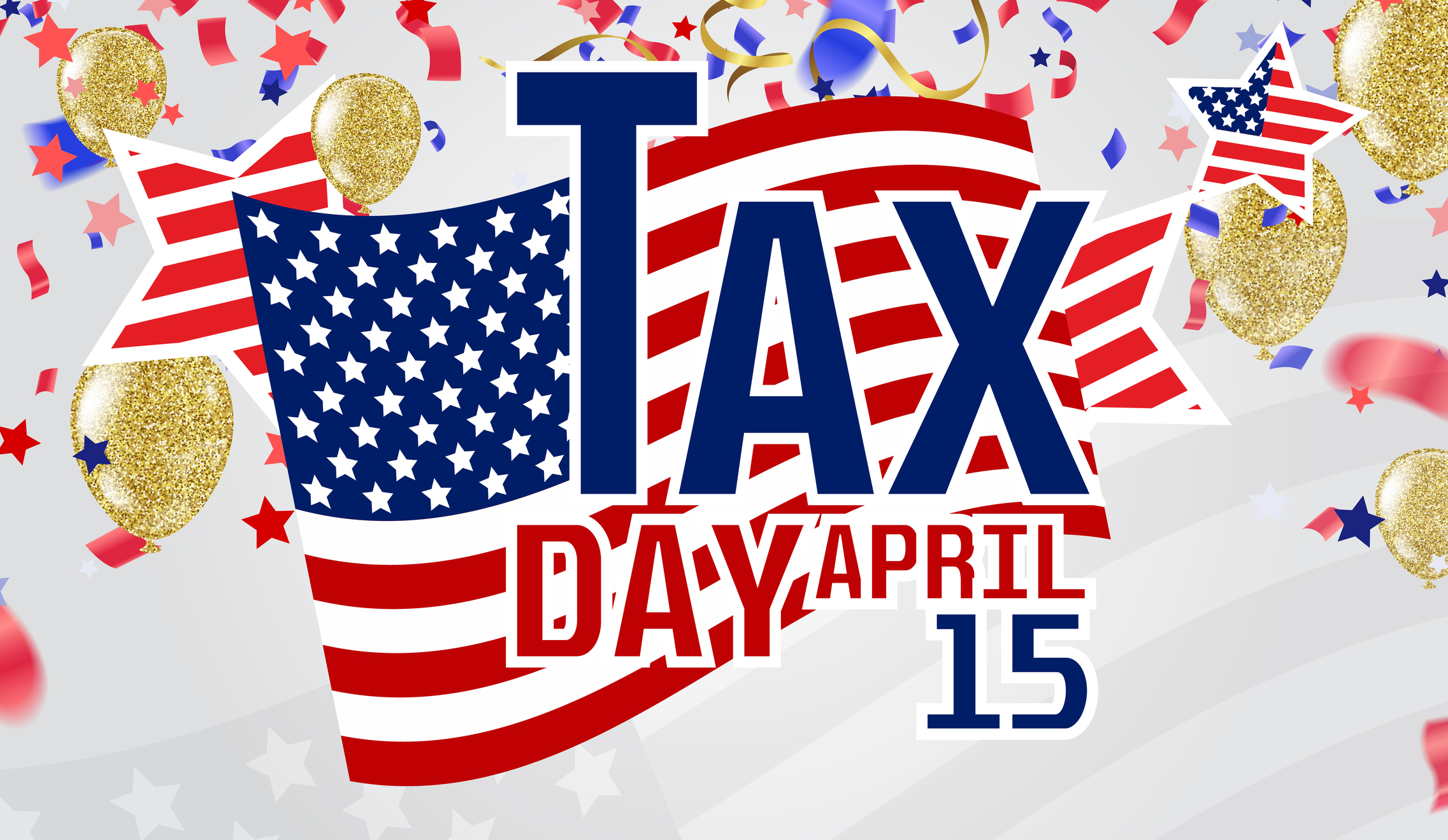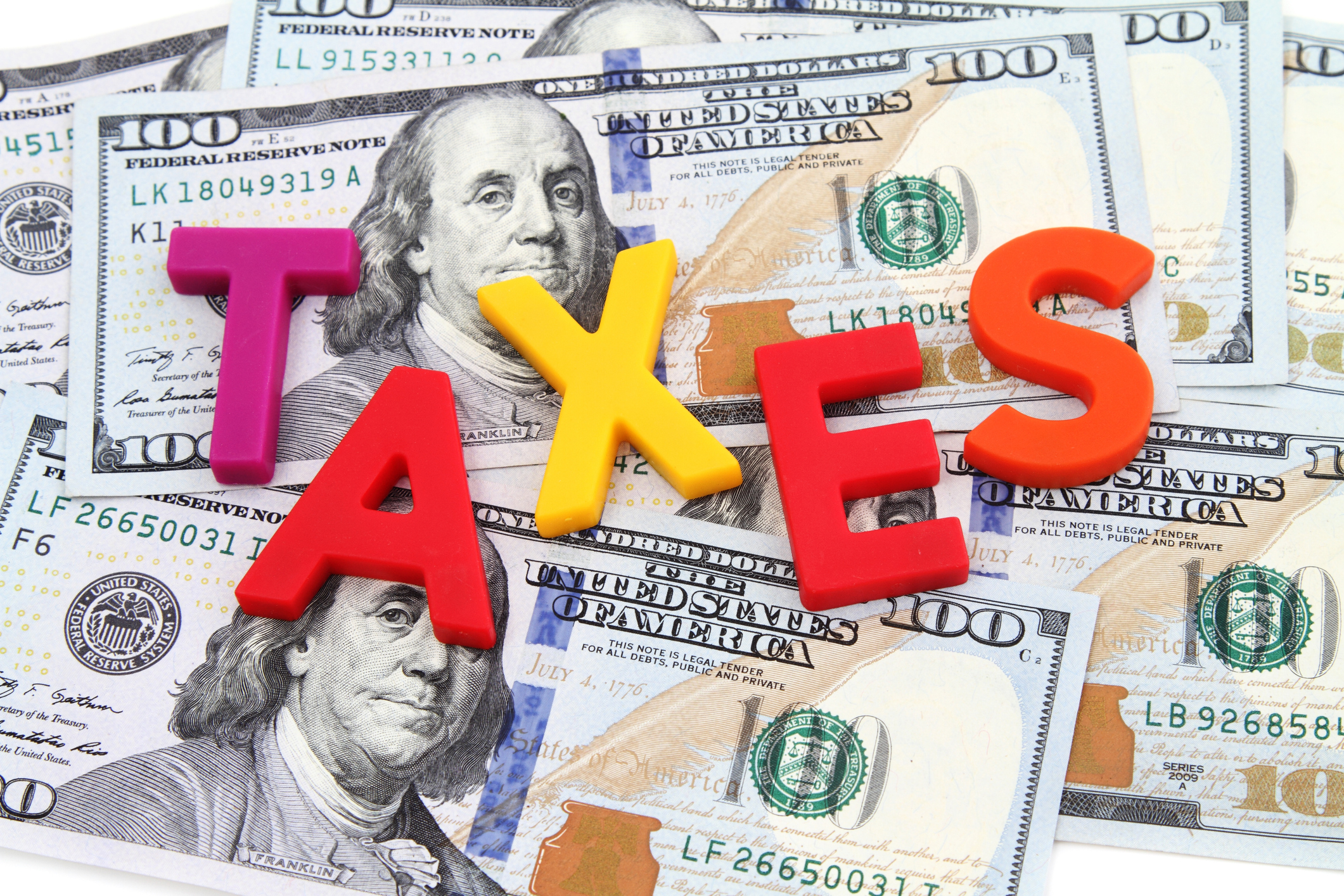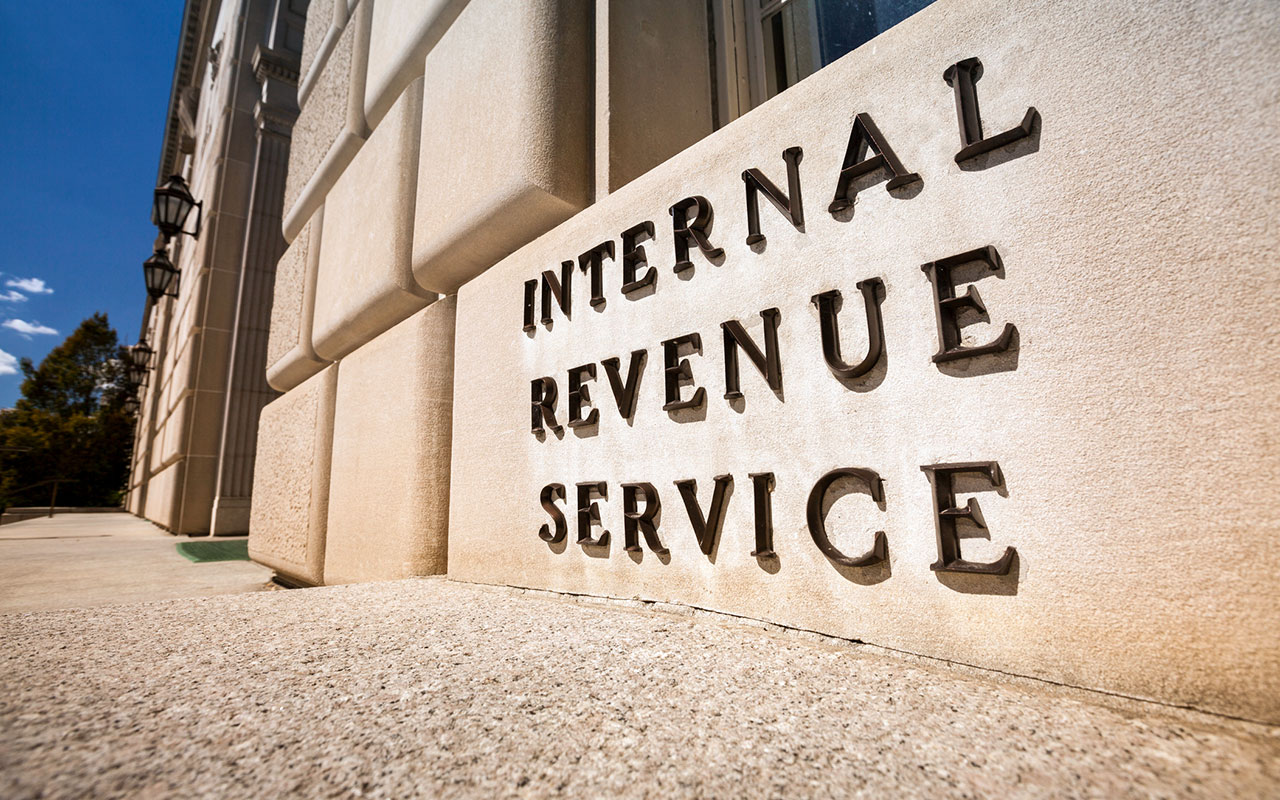Turning Your Stock-Market Lemons into Lemonade
The wise investor doesn't leave tax strategy until the end of the year.

Despite the stock market's strong rally last week, shares are still down almost 7% since April 2, and dozens of financial pundits are calmly telling clients to "stay the course" to avoid selling into a market rout. But a better response may be to sell, says Rande Spiegelman, vice-president of financial planning at Charles Schwab & Co.
SEE ALSO: Brace Yourself for Tax Changes in 2012
Not that you should throw in the towel or change your investment strategy. But recognize that market reversals can present a good opportunity to harvest tax losses that you can use to offset future gains. "The problem is that most people think about tax-loss harvesting at the end of the year," he says. "That's an arbitrary time that limits your flexibility. When the market is down, particularly when it happens fairly quickly, you ought to see if you can recognize some losses."

Sign up for Kiplinger’s Free E-Newsletters
Profit and prosper with the best of expert advice on investing, taxes, retirement, personal finance and more - straight to your e-mail.
Profit and prosper with the best of expert advice - straight to your e-mail.
In the wonderful world of investment tax planning, today's loss is tomorrow's write-off. The more optimistic you are about the long-term prospects in your portfolio, the more you're likely to want to trigger a few losses when opportunities arise. Now may be one of those times.
Before you begin prospecting for potential losses, remember that even if you were badly burned by the market in recent weeks, you might not have a loss as far as the IRS is concerned. For tax purposes, a loss is not measured from peak value. Rather, it is based on your original investment, or tax basis. Consider a block of stock purchased for $10,000 that was worth $25,000 in early April but only $18,000 today. If you sell for $18,000, you might feel $7,000 poorer. But the IRS sees an $8,000 capital gain.
On the other hand, if you were burned by particularly bad timing – you jumped into stocks big in late April, thinking that you were missing the run-up – now could be the time to sell that money-losing holding. You should simultaneously buy back something similar, so you don't lose the chance to profit from the next market rise.
Beware the wash-sale rule. Assuming you have losses to harvest, you have to move carefully to avoid running afoul of the tax man or messing up your portfolio. That's because wash-sale rules bar you from taking a write-off if you repurchase the same or a "substantially identical" security within 30 days of a sale.
Because there's no way to predict when the market – or an individual stock – might recover, it's risky to sell a security that you really want to own. That makes it tricky to harvest losses on individual stocks. But if you own index funds or exchange-traded funds, which typically follow an index, tax loss harvesting is easy because there are many funds that are similar but not "substantially identical." That means you can sell one and repurchase a similar one in the same breath, triggering a valuable tax loss and maybe even leaving your portfolio in a better position to profit going forward.
Consider, for example, someone who bought $100,000 worth of Vanguard 500 Index Fund (symbol VFINX) when it peaked in early April at $130.76. That $100,000 holding is now worth just over $93,000, or nearly $7,000 less than when she purchased it. She could sell that fund and buy Vanguard Total Stock Market ETF (symbol VTI), which would give this investor a more diversified portfolio and a lower expense ratio. VFINX invests in 500 big companies and charges 0.17% of assets each year in fees, while VTI owns shares of 3,200 companies that are representative of the entire U.S. stock market and charges annual fees of just 0.06%. (It's worth noting that VTI fell a bit less than VFINX when the market tanked in May.)
Assuming that both the Total Market and S&P 500 indexes produce equivalent returns, the 0.11 percentage point difference in annual costs would save this investor roughly $12,000 in fees and forgone investment returns over a 20-year investment horizon. (You may not hold the investment for 20 years, of course, but it's important to be aware of these differences in case the IRS ever asks what makes these investments different enough to avoid a wash sale.)
At the same time, triggering the $7,000 investment loss allows her to offset other gains or ordinary income.
Capital losses can be used to offset an unlimited amount of capital gains in the year they are triggered. If you don't have enough gains to use up the loss, up to $3,000 can be used to offset ordinary income each year, too. And excess losses can be carried forward to future years until they're used up.
The bottom line: Triggering that $7,000 capital loss could save this investor $1,050 in tax on a $7,000 long-term capital gain (and up to $2,450 if she held the shares for a year or less) – and she'd likely reap additional savings on her state income tax bill, too.
Sell the right shares. One caution: If you have purchased shares over time and are selling just a portion of your position in a fund, you'll need to specify which shares you're selling before the sale, says Bo Lu, co-founder of FutureAdvisor, a Web-based investment advisory service. Because you bought the shares at different times, you undoubtedly bought at different prices, too, so your tax basis – and the extent of your loss -- will vary depending on which shares you unload.
Unless you stipulate otherwise, the law applies the "first in, first out' (FIFO) method to figure the gain or loss, which is likely to produce the worst tax results for you. For instance, if you had been buying $1,000 worth of the S&P 500 fund through automatic investments since the 1980s, you could have a gain in the shares for tax purposes if you used the FIFO method, even though the more recently purchased shares have declined in price.
But there's a simple solution: As long as you say so in advance, you can choose to sell the shares that you bought at the highest prices to generate the biggest tax loss.
Just make sure you stipulate what shares you're selling before executing the trade and get written confirmation from your broker or mutual fund.
Kathy Kristof is a contributing editor to Kiplinger’s Personal Finance and author of the book Investing 101. Follow her on Twitter. Or email her at practicalinvesting@kiplinger.com.
Sneak preview: New tax benefits -- as well as burdens -- for 2012
Get Kiplinger Today newsletter — free
Profit and prosper with the best of Kiplinger's advice on investing, taxes, retirement, personal finance and much more. Delivered daily. Enter your email in the box and click Sign Me Up.

-
 Stock Market Today: Stocks Soar on China Trade Talk Hopes
Stock Market Today: Stocks Soar on China Trade Talk HopesTreasury Secretary Bessent said current U.S.-China trade relations are unsustainable and signaled hopes for negotiations.
By Karee Venema
-
 2026 Disney Dining Plan Returns: Free Dining for Kids & Resort Benefits
2026 Disney Dining Plan Returns: Free Dining for Kids & Resort BenefitsPlan your 2026 Walt Disney World vacation now. Learn about the returning Disney Dining Plan, how kids aged three to nine eat free, and the exclusive benefits of staying at a Disney Resort hotel.
By Carla Ayers
-
 Missed Tax Day? Nearly One Million Taxpayers Still Can File and Claim Valuable Tax Refunds
Missed Tax Day? Nearly One Million Taxpayers Still Can File and Claim Valuable Tax RefundsTax Refunds As many as one million taxpayers could be missing out on a significant tax refund.
By Gabriella Cruz-Martínez
-
 Which Generation Pays the Most Tax in the US?
Which Generation Pays the Most Tax in the US?Tax Burden Polls show that most people feel like taxes are unfair. But which age group bears the brunt of the tax burden in the United States?
By Kelley R. Taylor
-
 Tax Day 2025: Don’t Miss These Freebies, Food Deals and Discounts
Tax Day 2025: Don’t Miss These Freebies, Food Deals and DiscountsTax Day You can score some sweet deals on April 15 in some select restaurants like Burger King, Shake Shack, and more.
By Gabriella Cruz-Martínez
-
 Tax Time: Does Your Kid Influencer Owe Taxes?
Tax Time: Does Your Kid Influencer Owe Taxes?State Tax Some minors are making big money on social media. Here’s how to know if they need to file taxes.
By Gabriella Cruz-Martínez
-
 Trump Plans to Terminate IRS Direct File program
Trump Plans to Terminate IRS Direct File programTax Filing The IRS Direct File program was piloted last year in 12 states and has since expanded to 25. But will it last under the Trump administration?
By Gabriella Cruz-Martínez
-
 How Caregivers for Adults Can Save on Taxes in 2025
How Caregivers for Adults Can Save on Taxes in 2025Tax Breaks Caring for your parent or spouse can be stressful, but the IRS offers tax breaks for qualifying taxpayers. Here they are.
By Kate Schubel
-
 U.S. Treasury to Eliminate Paper Checks: What It Means for Tax Refunds, Social Security
U.S. Treasury to Eliminate Paper Checks: What It Means for Tax Refunds, Social SecurityTreasury President Trump signed an executive order forcing the federal government to phase out paper check disbursements by the fall.
By Gabriella Cruz-Martínez
-
 IRS Layoffs Spark Delays, Doubt This Tax Season
IRS Layoffs Spark Delays, Doubt This Tax SeasonTax Season Tax experts say Trump’s downsizing of the IRS is already causing problems.
By Gabriella Cruz-Martínez